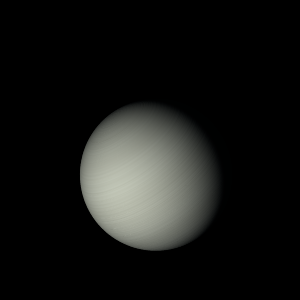|
|
Space Astro
|
Info for exoplanet "Rirhea Miano"
| Scientific (actual) data |
|---|
| Name | Kepler-30 c |
| Planet status | Confirmed |
| Planet mass | 2.01 |
| Radius | 1.097 |
| Orbital period | 60.3231 |
| Semi major axis | 0.3 |
| Orbit eccentricity | 0.0111 |
| Inclination | 90.323 |
| Discovered | 2012 |
| Updated | 2021-02-05 |
| Omega | -49 |
| Tconj | 2455360 |
| Tzero tr | 2455360 |
| Impact parameter | 0.4 |
| Publication | Published in a refereed paper |
| Detection type | Primary Transit |
| Alternate names | 2MASS J19010807+3856502 c, K00806.02, KIC 3832474 c, KOI-806 c, KOI-806.02, WISE J190108.08+385650.1 c |
| Star name | Kepler-30 |
| Right ascension | 285.28° |
| Declination | 38.95° |
| Mag v | 15.5 |
| Mag j | 13.997 |
| Mag h | 13.618 |
| Star distance | 938.33 |
| Star metallicity | 0.18 |
| Star mass | 0.99 |
| Star radius | 0.95 |
| Star age | 2 |
| Star temperature | 5498 |
| Star alternate names | 2MASS J19010807+3856502, KIC 3832474, KOI-806, WISE J190108.08+385650.1 |
| Wikipedia article | Kepler-30 c |
Back
| |
| Fictional info (?) |
|---|
| Suggested name | Rirhea Miano |
| Planet type | Large cold gas giant |
| The planet telescopically displays the complete range of phases, similar to Venus and the Moon, as it moves in its inner orbit relative to Kepler-30, which reoccurs over the so-called synodic period approximately every 122 days.
The smooth Borealis basin in the northern hemisphere covers 35 percent of the planet and may be a giant impact feature. |
| Atmosphere | Helium | 83% |
| Molecular hydrogen | 16% |
| Nitrogen | 3.5E-5% |
| Neon | 3.5E-5% |
| Atmospheric pressure | 0.03 bar |
 |
| No known satellites |
| Google search for Rirhea miano |
|
Website by Joachim Michaelis
|
|
|
|